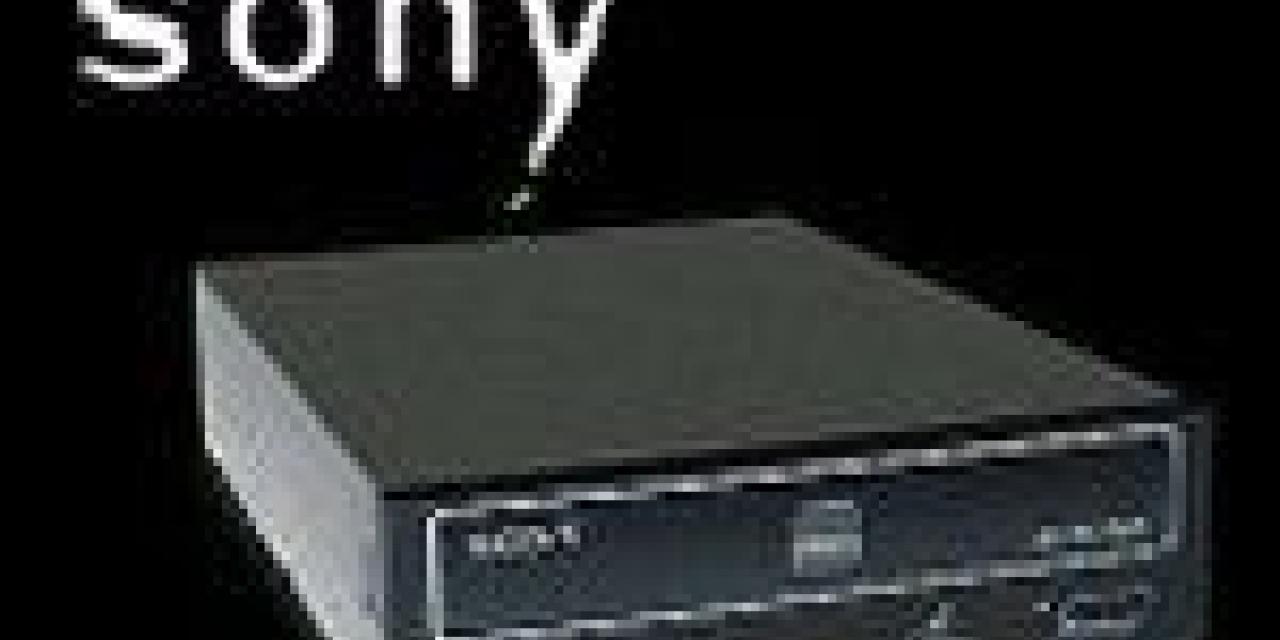
Sony is aiming to double the pleasure of CD-R and CD-RW lovers. On Tuesday, the consumer electronics giant unveiled Double Density CD-R and CD-RW drives and discs. Dubbed DD-R and DD-RW, the discs can hold 1.3GB of data, or about 300 songs. That is twice the capacity of CD-R and CD-RW discs, which hold 650MB. The technology doubles the capacity of the discs by essentially shrinking the space between the tracks on the media.
The drives will be available in retail stores by the beginning of April and will cost $249. DD-R discs will cost $1.99 each, and DD-RW discs will cost $2.99.
Sony's new products are an attempt to provide a middle solution between CD-RWs and their giant cousin, DVD-rewritable discs, which offer 4.7GB of capacity. "With a 1.3GB capacity, users can now get the best of both worlds, but not at twice the price," said Bob DeMoulin, a product marketing manager at Sony.
DD-R and DD-RW are not completely clear of compatibility issues themselves. The DD-R/DD-RW drive will be able to read and write CD-R and CD-RW discs. But existing CD and CD-RW drives won't be able to play DD-R and DD-RW discs. "While you can't share DD-R and DD-RW media with CD-RW owners, you can still record onto CD-RW and share that way. So I think they're covered in that sense," Craig said. The Sony Double Density ATAPI CRS200E-A1 is an internal drive with a maximum write speed for DD-R and CD-R of 12x, a maximum write speed of DD-RW and CD-RW of 8x, and a maximum play speed for CDs of 32x.
By contrast, Pioneer plans to start selling around May an add-on version of its drive that can play and record both DVDs and CDs. Pioneer's drive is expected to sell for around $1,000, with the discs costing $10 to $20 apiece. Still, Dataquest analyst Mary Craig said Sony's new technology faces considerable obstacles.
"The price and capacity make a lot of sense to me in terms of addressing a middle ground, but the disturbing sign is that Sony is the only manufacturer stepping up to address this middle ground. That's not a good sign," Craig said. For any new technology to take off, it needs a number of companies to champion its cause.
